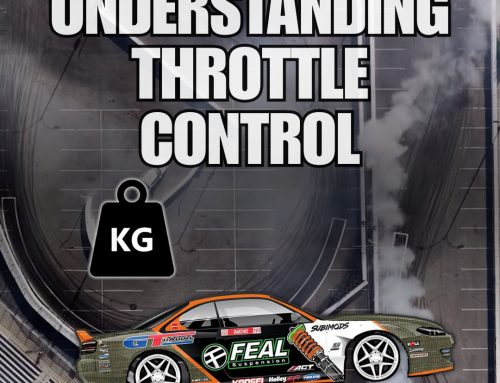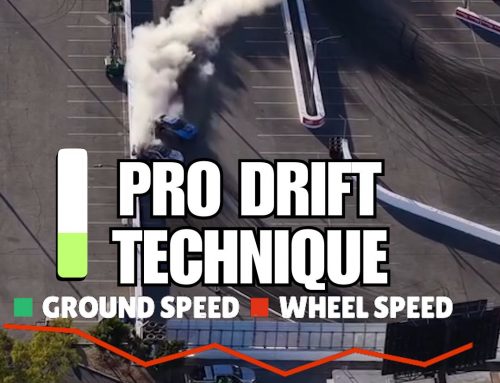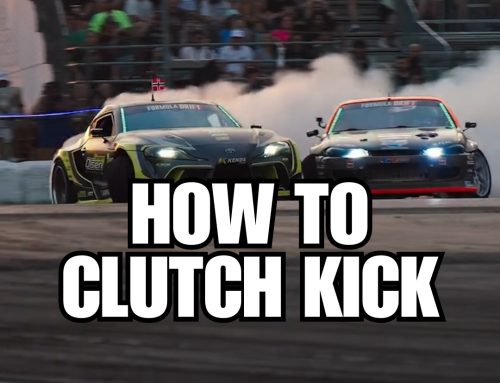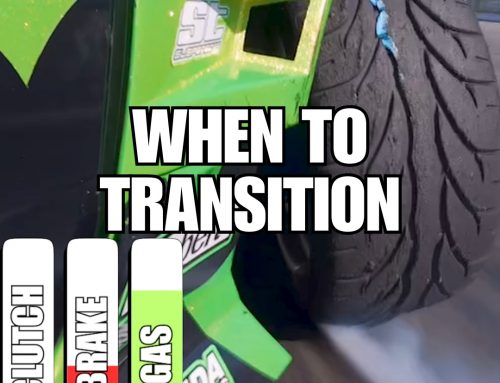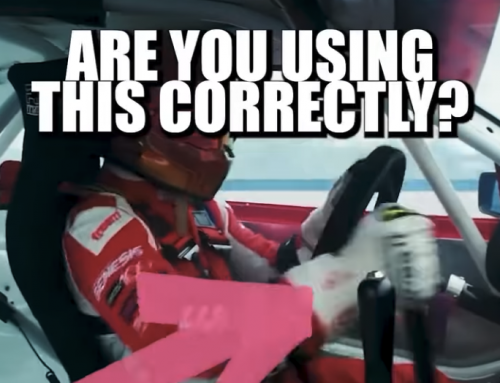In this video Josh Robinson (founder of Texas Drift Academy) breaks down the sequencing in some of his favorite stunt driving movies. The most popular were of course, Baby Driver and Fast and the Furious – Tokyo drift.
In the video Josh breaks down how to complete the stunts in Baby driver. Starting off with the first one, “the backlot scene”. Josh was able to break it down step by step before completing the stunt. Going in reverse to 50 mile an hour, quarter turn to the right, this will cause the car to spin. As the car starts to spin, you put your foot on the clutch and disengage the drive the wheels, put in the first gear, catch the steering wheel and give it a clutch kick to get the rear tire spinning again to get us into that 180 degree turn. You must be very precise on your timing, aside from being committed, you also need enough room to be able to try that maneuver.
That movement is rather rough on the drive train. Think of it like this, the wheels, driveshaft, differential, and axles are spinning backwards as we get up to 50MPH in reverse, then out of no where, you spin the car and pop the clutch to get into a drift. The driveline components are going from 50MPH in reverse, down to a very low wheel speed with the clutch engaged. Then you pop the clutch and floor it to initiate a drift, top of first gear is about 45 mph but now the wheels are spinning forward propelling us forwards. 50 Mph in reverse is a significant difference to 50mph forwards.
The second scene that Josh recreates is also from baby driver, for this scene Josh needs to drift past an outer zone to be with in the framing we want, once he passes a certain point the Texas Drift Academy police car will start to roll forward in pursuit of him. This is to recreate the intersection drift scene from Baby driver. This one is a bit more beginner friendly as it is just a 2nd gear drift or power slide. Aside from the timing on the directors and cop car, the 2 challenges you would see are being able to control a sideways drift effectively and being able to hit the “outer zone” that the team had set up. We used an outer zone to tell josh where to put the car.
An outer zone is commonly used in drifting to tell drivers where to put the rear of the car. In competitive driving, they have “outer zones” painted with chalk around the race track, a lot of the time these points will be along a wall or the outside edge of a track. This is to dare the driver to push their car and skills to the limits. It also allows the chase driver to have a general idea of where the lead car is going. Because of this, the chase car is able to anticipate the approximate line that the lead car will most likely take. Outer zones play a very significant role in professional drifting. In qualifying, you must be able to put the back tires in every zone to receive a good score. And during battle the lead car is required to be in the zone, if they are unable to do that they will be in a deficit and most likely lose the battle.
The third scene that Josh recreated is from Fast and the Furious – Tokyo Drift. This is Hans donut scene where he shows off to a couple of girls is a Nissan skyline as they wait for the light to turn green. Han does a big entry in to donuts using the girls Nissan as a clipping point. Doing smooth donuts around her car. We created this scene and replicated the shots to have them align post edit. The stunt is fairly simple and it’s actually the second thing you learn if you come out to Texas Drifty Academy. Josh broke the stunt down for us in the video, starting off he coasted up to the car in 1st gear, set his angle and started coasting around the stationary car, gave it a nice little clutch kick, and then counter steered when the back end stepped out. Josh then used the throttle to keep the donuts nice and tight. More throttle generates more wheel speed which then generates more smoke, more throttle also makes the donut tighter.
